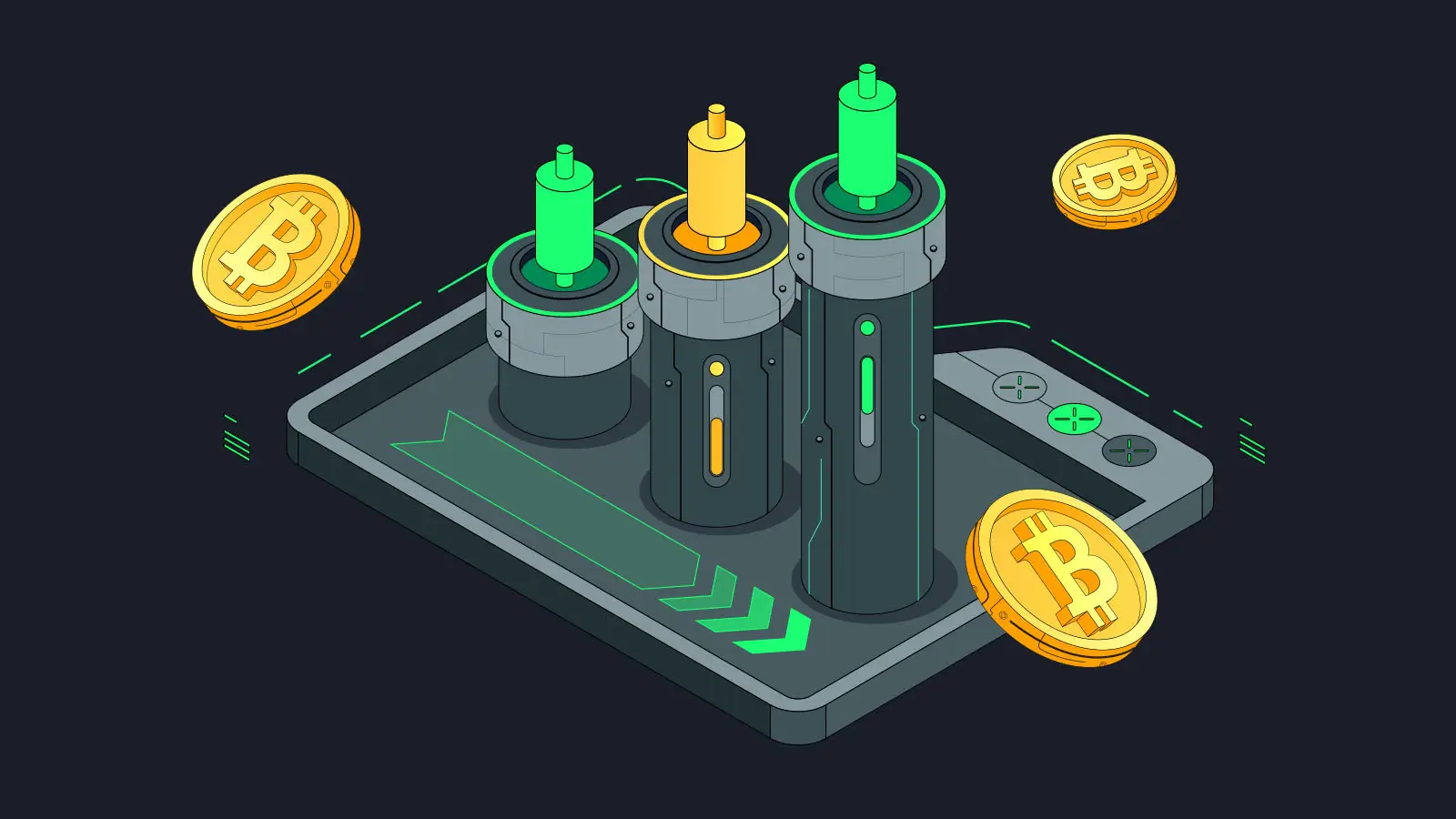Over the past year, competition among cryptocurrency exchanges has intensified. Each platform offers a wide range of features, an automated interface, and listings of hundreds of coins and derivatives. However, behind eye-catching advertisements often lie weaknesses in security, unstable liquidity, and clumsy functionalities. In such an environment, it is essential to understand how to choose a cryptocurrency exchange in 2025. Making the right choice reduces risk, broadens strategies, and increases comfort.
Technical foundation and licences: how to choose a cryptocurrency exchange in 2025
The technological foundation of a cryptocurrency exchange determines the speed of orders, load capacity, and security of user data. A reliable platform guarantees 24-hour availability with an uptime of at least 99.95%, implements a scalable architecture, and uses fault-tolerant systems.
The licence determines the legal status and confirms the transparency of the work. Regulated exchanges obtain licences in jurisdictions with controls: Singapore, Estonia, United Arab Emirates, Switzerland. When analysing how to choose a cryptocurrency exchange in 2025, you should consider the availability of licences for storing assets and providing brokerage services. This is the first criterion on the list, which is the core of a competent selection.
Security and protection: the critical trust filter
 Asset protection is an area where no concessions can be made. A strong exchange implements cold storage for at least 90% of customer assets, applies multi-factor authentication, supports address whitelists, and has an insurance reserve. In 2024, the average damage caused by cyber attacks exceeded $2 billion. The security of cryptocurrency exchanges in 2025 therefore requires not a formal approach, but technical personnel. A reliable cryptocurrency exchange displays open audit reports, collaborates with cybersecurity teams, and implements constant monitoring to detect abnormal activity.
Asset protection is an area where no concessions can be made. A strong exchange implements cold storage for at least 90% of customer assets, applies multi-factor authentication, supports address whitelists, and has an insurance reserve. In 2024, the average damage caused by cyber attacks exceeded $2 billion. The security of cryptocurrency exchanges in 2025 therefore requires not a formal approach, but technical personnel. A reliable cryptocurrency exchange displays open audit reports, collaborates with cybersecurity teams, and implements constant monitoring to detect abnormal activity.

Commission policy: the difference between investment and loss
Commissions eat into profits, especially in high-frequency trading. The platform, aimed at traders, offers a flexible structure: lower rates as volume increases, additional discounts for platform token holders, and refunds in USDT or BUSD. Fixed rates range from 0.02% to 0.2%. Hidden fees include withdrawal fees, exchange fees, and conversion fees. A good assessment of the commission affects the choice of a cryptocurrency exchange in 2025 for active trading. Exchanges with a multi-level loyalty programme reduce costs, maintain profitability, and increase turnover. This is an important parameter, especially when trading derivatives and altcoins.
Market scope and depth
Cryptocurrency trading is not limited to Bitcoin and Ethereum. The product range plays a crucial role. Trading requires options: cash, futures, margin, options, tokenised assets. Market depth determines the ability to execute large transactions without slippage. Low liquidity makes even a simple purchase risky.
The platform supports more than 400 assets, including AI tokens, NFT protocols and DeFi coins, allowing for flexible portfolio customisation. How do you choose a cryptocurrency exchange with the right offering in 2025? It is necessary to compare the average daily volume, order processing speed, and the number of pairs with a glass depth of $100,000. The presence of popular stablecoins on different blockchains (ERC-20, TRC-20, BEP-20) increases capital mobility.
How to choose a cryptocurrency exchange in 2025: interface and functionality
A flexible and logical interface speeds up input, reduces errors and increases order accuracy. A good platform offers modes for beginners and professionals, visual charts with TradingView, mobile applications, APIs for robots and a real-time analysis panel.
The most important criterion for choosing a cryptocurrency exchange in 2025 is the smoothness of interaction. The personal account, history section, analytics, margin dashboards, and limit management should work without delay. The automation of repetitive transactions, the integration of notifications and trading templates speed up transactions and reduce fatigue.
Signs of reliable cryptocurrency exchanges:
- Registration in an open jurisdiction – transparency about the location of the head office.
- Licences and regulations: availability of official permits.
- Reserve coverage – Periodic publications on proof of reserves.
- Technical audit: reports from external experts.
- Account security: 2FA, email validation, anti-phishing code.
- Asset insurance fund: protection against losses resulting from hacking.
- Order processing speed: execution delay of less than 50 ms.
- Liquidity level: average daily volume of more than $500 million.
- Multilingual interface: support for global access.
- Responsive support: responses within 5 minutes and chat 24 hours a day, 7 days a week.
Reputation, reviews and feedback: a mirror of trust
It is impossible to understand how to choose a cryptocurrency exchange in 2025 without evaluating its reputation history. User reviews, analysis of comments, and the dynamics of discussions in professional communities highlight the strengths and weaknesses of the platforms. An exchange with extensive feedback responds quickly to malfunctions, publishes reports, and provides explanations for any suspension of withdrawals or trading.
Reviews are assessed based on the following criteria: speed of problem solving, behaviour of the support service, and fairness in the execution of orders. Platforms with aggressive marketing but unstable operation fall into the risk zone. This is especially relevant for beginners who do not have the skills to assess the architecture.
Compatibility with DeFi and DEX mechanisms: hybrid capabilities
The next generation of exchanges is introducing hybrid models. Centralised platforms are expanding their functionality through the integration of DeFi. Through APIs or native gateways, traders gain access to decentralised liquidity pools, farming, staking and IDO.
These features provide additional sources of income and capital diversification. The platform, which combines CEX infrastructure with access to DEX features, becomes a solution for a flexible portfolio. When choosing a cryptocurrency exchange in 2025, expansion via DeFi will be a competitive advantage. The participant gets the system under one account with a full range of possibilities.
How to choose a cryptocurrency exchange in 2025: the most important factors
 Choosing the right cryptocurrency exchange is an important part of the strategy for 2025. The platform determines the protection of capital, ease of use, flexibility of trading solutions and the speed with which financial goals are achieved. The selection criteria for cryptocurrency exchanges include technical stability, transparency, reach, support, licences and security level. Errors at this stage lead to immediate risks of losses.
Choosing the right cryptocurrency exchange is an important part of the strategy for 2025. The platform determines the protection of capital, ease of use, flexibility of trading solutions and the speed with which financial goals are achieved. The selection criteria for cryptocurrency exchanges include technical stability, transparency, reach, support, licences and security level. Errors at this stage lead to immediate risks of losses.

 en
en  de
de  ar
ar  es
es  nl
nl  hi
hi  fr
fr  it
it  pt
pt  el
el 









